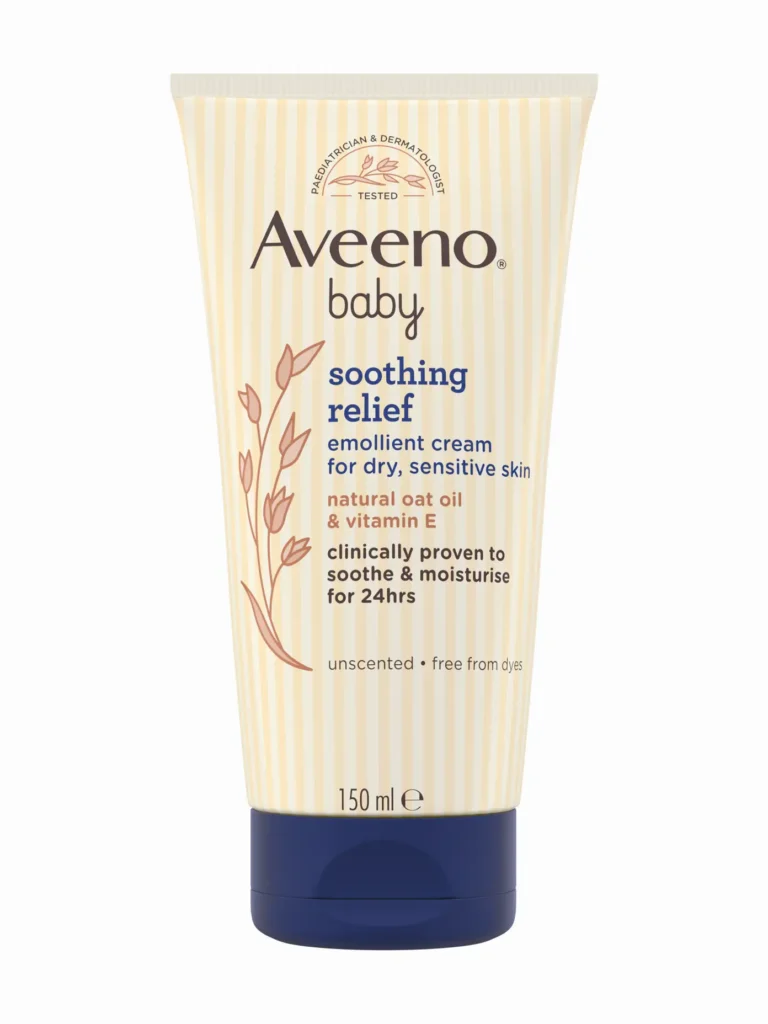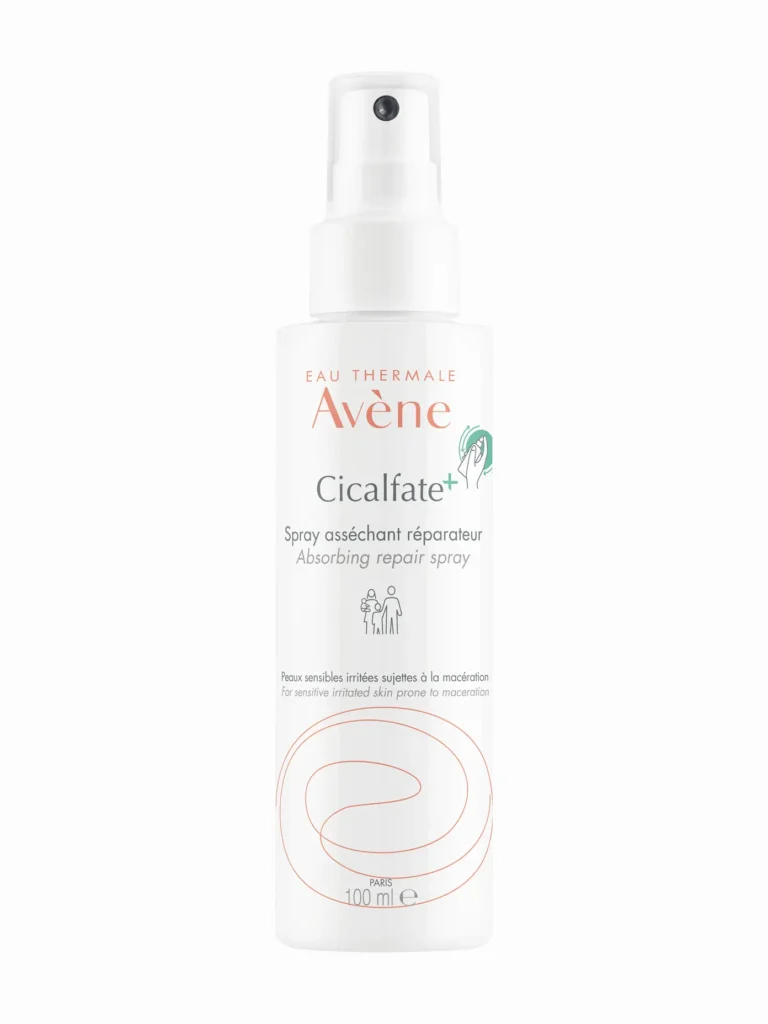Definitions: a neonate is a child younger than one month of age, while an infant is as a child less than one year of age.
Baby Acne
There are essentially two sub-types:
Neonatal Acne
Approximately 20% of newborns will experience baby acne and it is usually in the first two to four weeks of life. It is thought to be due to the transfer of the male hormone testosterone from the mother, via the placenta, to the child. It presents with small red bumps and pustules on the face but what is important is that there are no blackheads. It usually resolves spontaneously. The baby’s face should only be cleansed with water or a gentle cleanser. Mothers should avoid applying thick, greasy moisturisers to the baby’s face and they must only use light-weight facial creams.
Infantile Acne
This is where the acne usually starts at about 2-3 months and what is different from neonatal acne is that the child will present with blackheads and whiteheads, as well as papules and pustules. In some cases, the infant may even develop nodules and cysts. As with neonatal acne, the treatment would entail a very gentle cleansing of the skin and a gentle light-weight moisturiser. One may consider using a low concentration of benzoyl peroxide as a spot treatment. If the child develops deeper papules and cysts with the potential of scarring, the child should definitely be referred to a Dermatologist as the child may have an underlying hormonal imbalance.
Infantile Seborrhoeic Dermatitis
This is where a child develops red, scaly, greasy patches on the scalp, central face and in the folds of the neck and limbs. This dermatitis can sometimes look quite alarming to the parents but it is usually not itchy and the child is generally not distressed. It is thought to be due to the transfer of the male hormone testosterone from the mother via the placenta to the child. A very common milder form of Infantile Seborrhoeic Dermatitis is cradle-cap which presents with thick, greasy scales but only in the scalp. The treatment of this would entail using a specially formulated emollient cream to massage into the scalp overnight and to wash it out with a gentle shampoo the next morning. Treatment of the dermatitis in the folds of the neck and limbs would include a gentle cleanser and a soothing moisturiser. Quite frequently it is necessary to apply a mild 1% hydrocortisone ointment to these areas but this should only be given under the supervision of a doctor.
The good news is that this form of dermatitis almost always resolves by the age of 12 months.
Milia
This is extremely common where up to 50% of newborns will develop little white bumps which caused by blockage of the pilosebaceous units in the skin. These milia will resolve spontaneously so again just a gentle cleanser and avoid thick greasy products on the baby’s skin.
Miliaria
Approximately 50% of newborns will be affected by this condition. When the superficial part of the eccrine glands are blocked it is called Miliaria Crystallina.
It presents with numerous, tiny little blisters mainly on the trunk. This is usually caused by overdressing the newborn baby and by applying a very thick body moisturiser. If the blockage of the eccrine sweat glands is slightly deeper it causes numerous small, red bumps called Miliaria Rubra or prickly heat. The treatment would entail keeping the baby cool, not overdressing the child and only applying a very lightweight body moisturiser. With these measures, the miliaria will settle down spontaneously.
Nappy Rash
This tends to occur in infants between 3-12 months of age. The mixture of urine and faeces produces ammonium hydroxide which increases the pH of the skin. The skin becomes macerated and the barrier function on the infant’s skin becomes disturbed, leading to an Irritant Contact Dermatitis. If the infant’s nappy is on the tight side this can result in friction from movement of the legs. Nappy rash is more likely to occur in children with Atopic or Infantile Seborrhoeic Dermatitis.
There is a lower incidence of nappy rash in breastfed babies. The introduction of solid foods may also trigger a flare-up of nappy rash. Take note of foods that may cause this and avoid them.
The classic nappy rash is a well-demarcated, red, swollen, dry rash in the nappy area but it spares the folds. Quite commonly there may be multiple small, raw areas or erosions which can cause some discomfort to the infant.
Infantile Seborrhoeic Dermatitis is quite common and it tends to occur in the folds of the skin. As the affected area is moist, you can get a secondary Candida (yeast) infection. This presents with multiple, small, superficial satellite pustules.
Treatment tips that can help with Nappy Rash
- If using cloth nappies rather change to disposable nappies which are more absorbent and then also make sure to change the nappies more frequently.
- Cleanse the baby’s bottom with plain water and a soft cloth or use a specially formulated gentle cleanser with a pH as close to 5.5 as possible. Gently pat the skin dry or let the area air dry if possible, for a few minutes.
- Once the nappy area is dry, you can apply a barrier cream which should ideally contain Zinc Oxide and/or products containing ingredients such as Avocado Perseose®.
- In more severe cases, you could consider applying an over-the-counter 1% Hydrocortisone ointment to the area twice a day for two to three days. If you suspect a secondary Candida infection, you could apply an anti-yeast cream like Ketoconazole directly onto the skin and then the barrier cream on top of that.
- You should also allow for nappy-free times if the weather permits. If the nappy rash does not settle on the simple measures as explained above, then you should consult with a registered healthcare professional.
Infantile Atopic Dermatitis
This form of dermatitis tends to occur in infants with a family history of asthma, hay fever or eczema i.e. an atopic diathesis. It usually presents with an itchy, red, scaly dermatitis on the cheeks, forehead or even the scalp. Younger infants will rub their cheeks on the pillow and it will often cause small raw areas on the face. The child is usually miserable.
When the child starts crawling their eczema can then progress from the face to the extensor surfaces of the arms and legs. Once the child starts walking then eczema will often progress to the flexural aspects of the limbs. The infant’s skin is often very dry.
The big difference between Infantile Seborrhoeic Dermatitis and Infantile Atopic Dermatitis is that Infantile Atopic Dermatitis is itchy and the child is miserable. In Infantile Seborrhoeic Dermatitis the dermatitis may look quite alarming to the parents but the child is usually not distressed or uncomfortable with this form of dermatitis. If there is a family history of asthma, hay fever or eczema it is essential to commence the correct skincare products literally from birth. Many infants with Infantile Atopic Dermatitis have the filaggrin gene mutations which results in an impaired barrier function, thus exposing the infant to become sensitised to external allergens.
Unfortunately, if not managed properly literally from birth, Infantile Atopic Dermatitis may progress from Infantile Atopic Dermatitis to Childhood Atopic Dermatitis and then to Adult Atopic Dermatitis which will often present with hand eczema.
Therefore, it is essential to use the correct cleansers and moisturisers preferably ones that will not disturb the infant’s skin microbiome and are formulated specifically for an infant’s skin.
Skincare ingredients that can help with Caring for a Baby’s Skin
- Shea Butter
- Zinc Oxide
- Avocado Perseose®
- Glycerin
- Panthenol
- Allantoin
- Oats
- Aqua Posae Filiformis
Skincare products that can help with Caring for a Baby’s Skin
Baby Acne
Infant Seborrhoeic Dermatitis
Milia
Miliaria
Nappy Rash
Infantile Atopic Dermatitis



